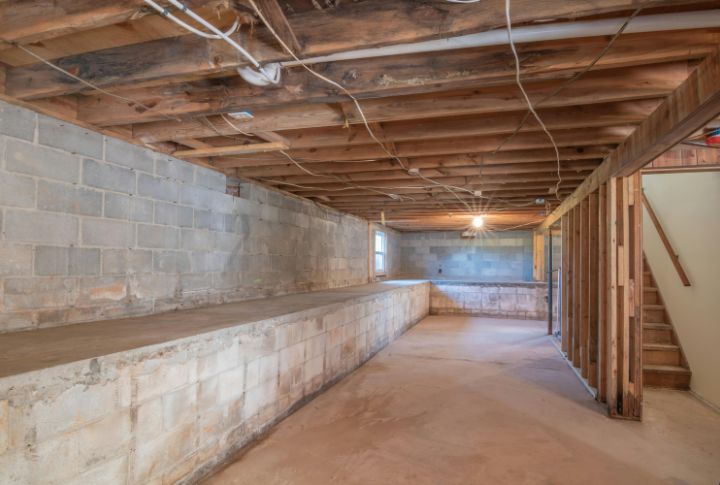
A humid or flooded basement can lead to significant damage and costly repairs. But with suitable preventative measures, you can keep your basement dry year-round. Whether you need to seal cracks or improve drainage, the following tips will help you create a moisture-free space, ensuring your basement stays safe, dry, and usable.
Improve Drainage Around Your Home
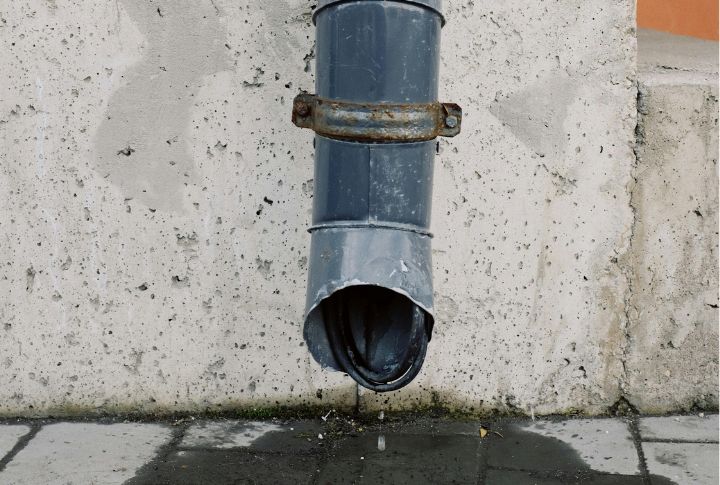
Proper drainage is key to preventing basement moisture. Ensure that gutters and downspouts guide water away from the foundation. Consider extending downspouts at least six feet from your home to avoid water pooling near the base. Additionally, a graded slope around your house can channel rainwater away effectively, reducing the risk of leaks.
Seal Cracks In Walls And Floors
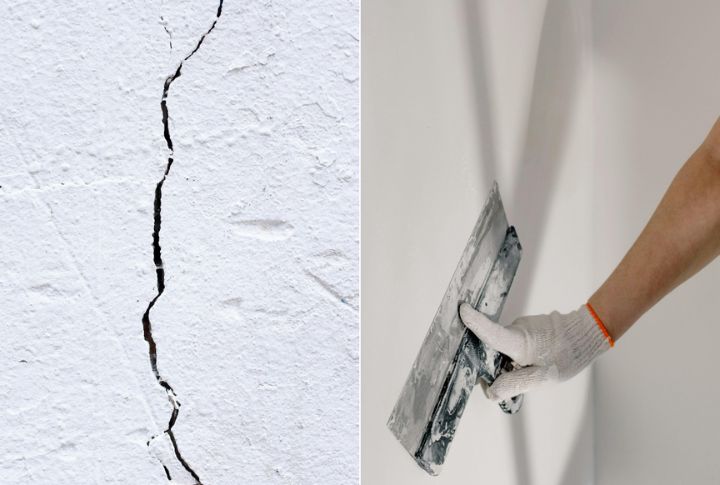
Gaps in your basement walls and floor are common entry points for water. Use a high-quality epoxy or polyurethane sealant to fill even the smallest gaps. Sealing cracks can prevent future water damage and enhance the air quality in the home by reducing mold growth. Regular inspections can help catch cracks before they grow.
Install A Sump Pump
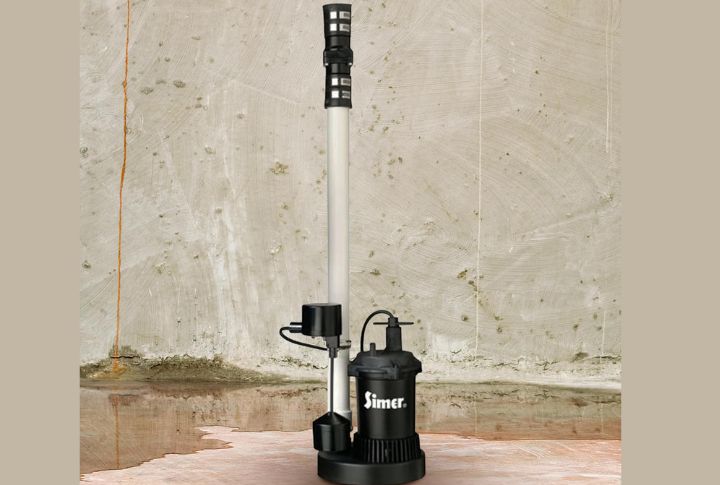
A sump pump is an excellent defense against basement flooding. When groundwater levels rise, the pump removes excess water before it reaches your basement. The American Society of Home Inspectors estimates that more than 60% of homes suffer from below-ground moisture.
Use Dehumidifiers
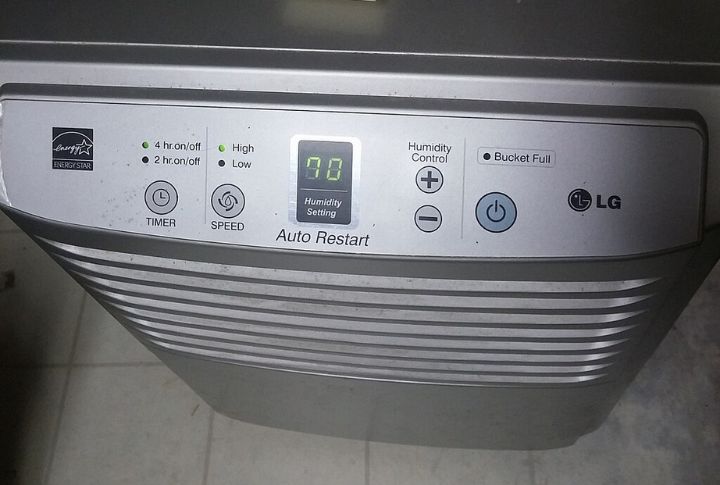
Dehumidifiers can effectively reduce moisture levels in your basement, making it a more comfortable and healthier space. Try to always keep humidity levels between 30% and 50% inside your home. This can prevent mold growth and unpleasant odors, ensuring your basement remains a valuable area of your home.
Insulate Pipes And Ducts

Uninsulated pipes can sweat and contribute to moisture in your basement. Insulating them helps maintain their temperature, reducing condensation, which leads to less dampness. Use foam pipe insulation for an effective solution, and remember to check any ducts that might also be causing moisture issues.
Check Your Window Seals
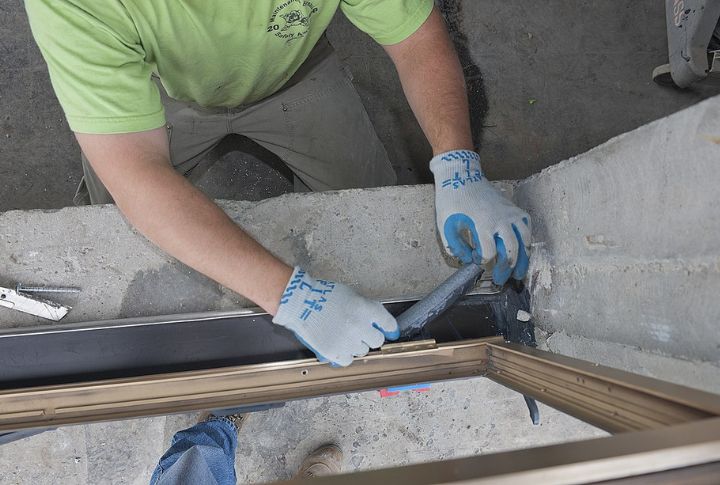
Windows can be a substantial source of moisture if not properly sealed, and they can cause many issues for you. Inspect the seals around your basement windows for any gaps or deterioration. Applying weatherstripping or caulk can help create a tight seal, keeping moisture out and improving energy efficiency.
Maintain Your Landscaping

Your yard plays a significant role in how water flows around the base of your home. Make sure that plants, trees, and shrubs are away from your foundation. Additionally, keeping soil and mulch at least six inches below your siding can prevent moisture from accumulating against your walls.
Use Vapor Barriers
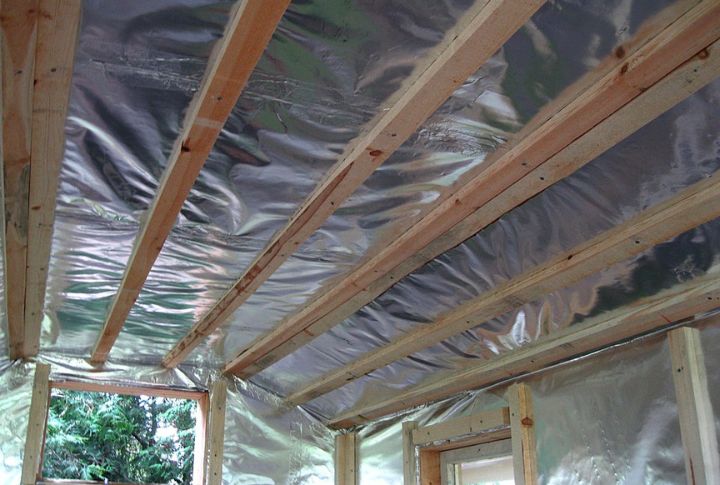
Fitting a vapor barrier on the walls and floors of your basement can help prevent moisture from seeping in. These barriers are typically made from polyethylene and can be easily applied. They act as a shield against humidity, especially in areas with high moisture levels.
Ventilate The Space

Adequate ventilation is necessary to reduce moisture levels throughout your house, especially in your basement. Consider installing vents or a ventilation system to improve airflow in the room. This can help expel humid air and bring in drier air, significantly reducing the overall humidity and moisture levels.
Regularly Inspect Your Roof

A well-maintained roof is important in preventing water from entering your basement. Check for missing shingles, damaged flashing, or clogged gutters that could let humidity pass through. Taking proactive measures can prevent leaks and reduce the likelihood of water entering your basement.
Consider Exterior Waterproofing
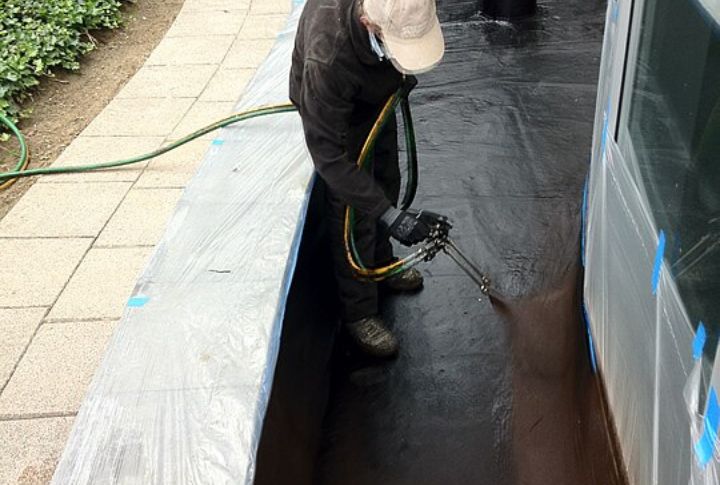
For more severe moisture issues, exterior waterproofing may be necessary. This process involves digging around your foundation and applying a waterproof membrane to prevent water intrusion. While it’s an extensive and complex solution, it can significantly enhance your basement’s dryness and structural integrity.
Limit Moisture-Generating Activities
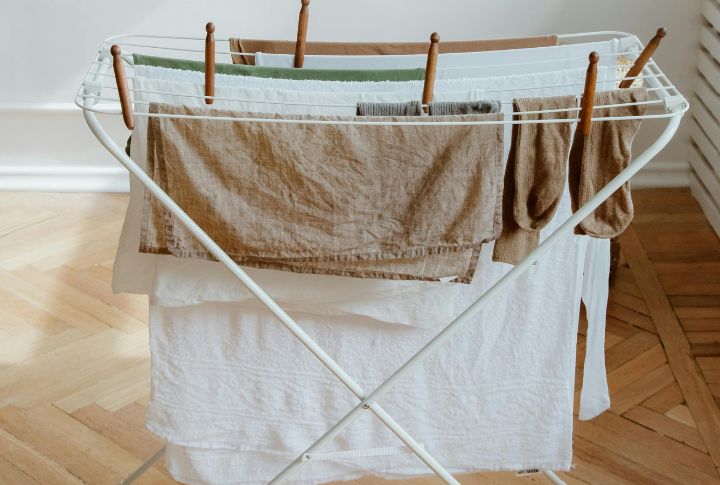
Be mindful of activities that can increase moisture levels in your basement. For example, drying clothes indoors can contribute to an increase in humidity. Instead, use a dryer vent that exhausts outside or opt for air-drying your clothes in well-ventilated areas to minimize moisture buildup.
Install French Drains
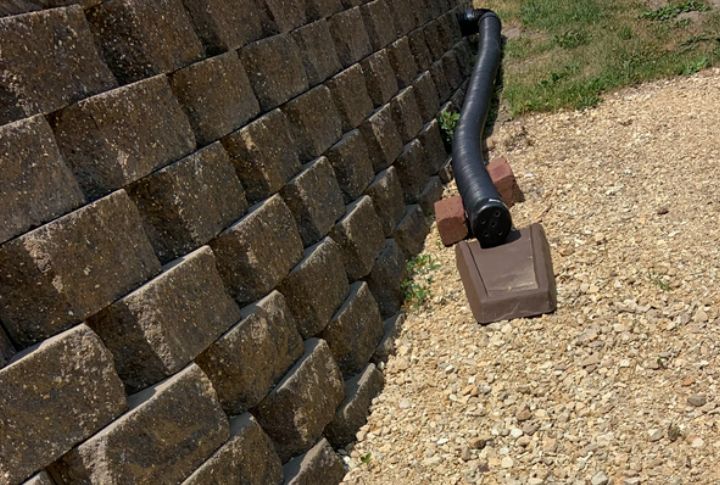
French drains are very useful for managing excess water around your foundation. These systems consist of a trench packed with gravel and a perforated pipe designed to channel water away from your home. Installing a French drain can help dry your basement, especially during heavy rains.
Monitor Humidity With A Hygrometer
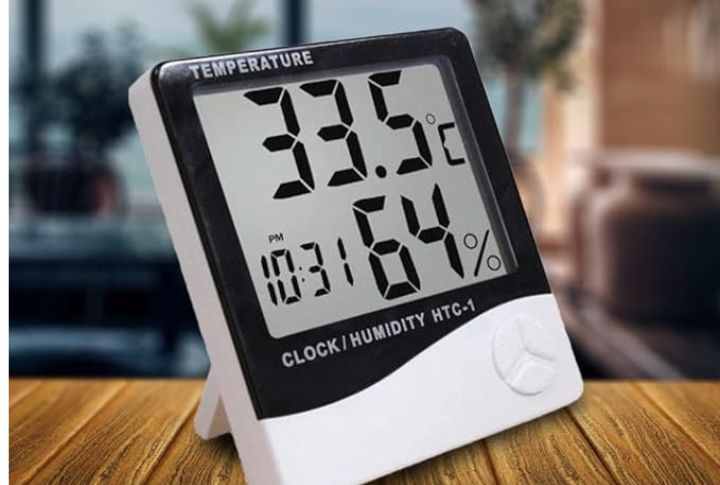
Using a hygrometer allows you to keep an eye on your basement’s humidity levels. This useful tool can help you check if your moisture prevention measures are effective. If you notice humidity levels rising, you can take action before it leads to bigger issues like mold growth.
Educate Yourself On Moisture Sources
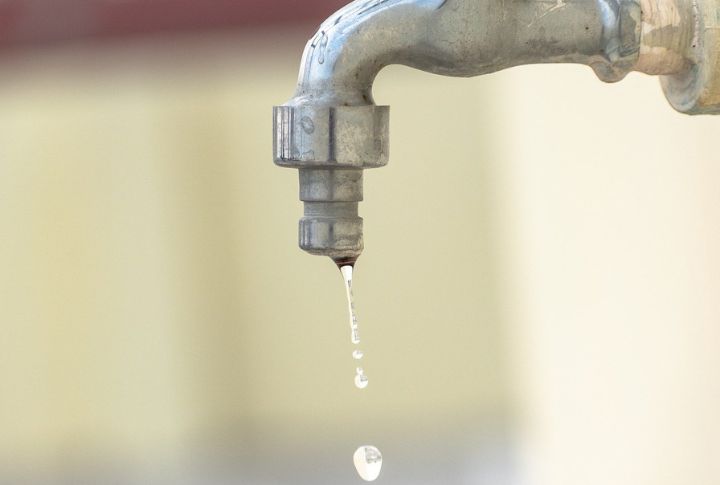
Understanding the various sources of moisture in your home is needed to prevent this. Common culprits include leaks, poor drainage, and humidity from daily activities. By being proactive and knowledgeable, you can effectively implement strategies to keep your basement dry and maintain a healthy environment.

